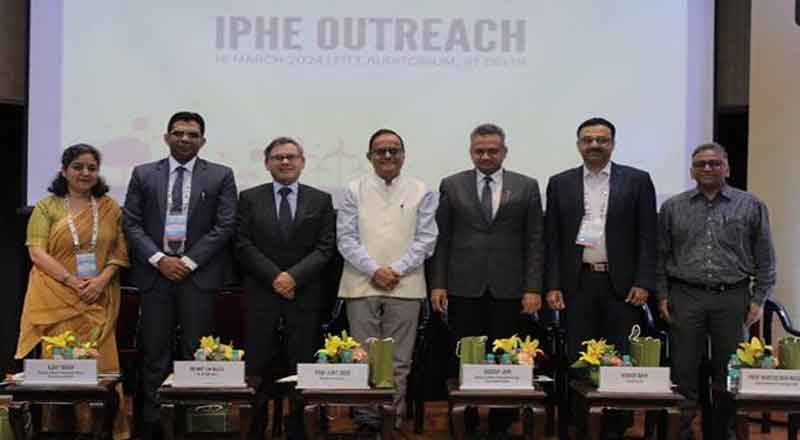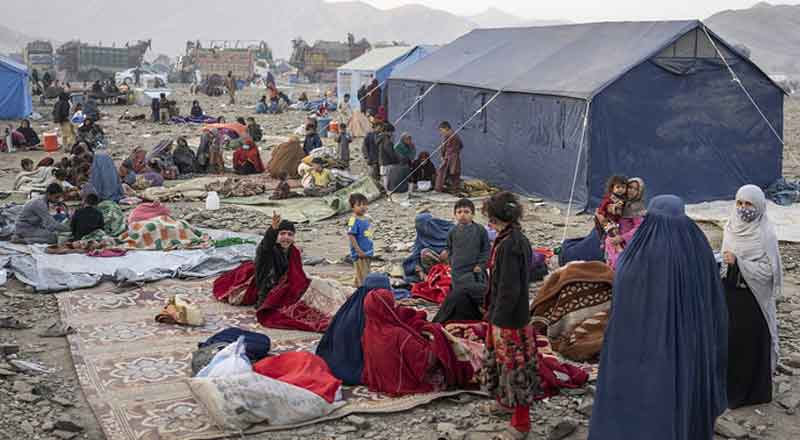Looking at the stats and figures of other Indian States/Cities, 100% sanitation in India still looks like a big dream. In 2010, the UN estimated based on Indian statistics that 626 million people practice open defecation. In June 2012 Minister of Rural Development Jairam Ramesh stated India is the world’s largest “open air toilet”. He also remarked that Pakistan, Bangladesh and Afghanistan have better sanitation records.
According to Indian norms, access to improved water supply exists if at least 40 liters/capita/day of safe drinking water are provided within a distance of 1.6 km or 100 meter of elevation difference, to be relaxed as per field conditions. There should be at least one pump per 250 persons.
According to a report of the drinking water and sanitation ministry, Sikkim has done remarkably well to become India’s first state with 100 percent sanitation coverage. This in spite of the fact that India ranks poorly on the health and environment front.
Nestling in the Himalayan mountains, the state of Sikkim is characterised by mountainous terrain. Almost the entire state is hilly, with an elevation ranging from 280 metres (920 ft) to 8,586 metres (28,169 ft). The summit of Kanchenjunga—the world’s third-highest peak—is the state’s highest point, situated on the border between Sikkim and Nepal. For the most part, the land is unfit for agriculture because of the rocky, precipitous slopes. However, some hill slopes have been converted into terrace farms. Numerous snow-fed streams have carved out river valleys in the west and south of the state.
Sikkim’s nominal state gross domestic product (GDP) was estimated at US$1.57 billion in 2014, constituting the third-smallest GDP among India’s 28 states. The state’s economy is largely agrarian, based on the terraced farming of rice and the cultivation of crops such as maize, millet, wheat, barley, oranges, tea and cardamom.
Sikkim ranked first among the 28 states and seven union territories in terms of sanitation coverage for both urban and rural areas in households, schools, sanitary complexes and Aanganwadi centres. With 610,577 residents (2011 census), Sikkim is India’s least populated and second smallest state in area after Goa.
The state has also sensitized people to adopt a holistic approach to improve sanitation and hygiene for a clean environment while accelerating overall development in the state. The state has constructed 98,043 household latrines, surpassing the target of 87,014. Of these, 61,493 latrines have been built for below poverty line (BPL) families.
As many as 1,772 schools have been covered under the total sanitation programme. This was done under the central government’s Nirmal Bharat Abhiyan sanitation drive.
According to a total evaluation study conducted by the Planning Commission in 2013, Sikkim emerged with the best performing gram panchayats and maintenance of sanitation facilities.
Sikkim chief minister Pawan Chamling launched a community-led total sanitation campaign in 1999 for achieving full sanitation in the 7,096 sq km area of the state. And, to encourage sanitation activities, the state government has instituted a “Nirmal Gram Puraskar” (Clean village award).
Kerala is all set to become country’s second Open Defecation Free (ODF) state by November 1 this year, according to the state Chief Secretary S.M. Vijayanand who convened a meeting of all stakeholders and higher officials recently to evaluate the progress of the mission.
Speaking at a national workshop on solid and liquid waste management under Swachh Bharat Mission, state Local Self Government Minister K.T. Jaleel said that the Kerala government has “taken up” the challenge and is aiming to become “India’s second ODF State after Sikkim by November 1, 2016”.
K.T. Jaleel also added that the state is working hard on developing and implementing decentralized waste management models using low cost technologies and we know the importance of effective waste management for health, as all these things play a key role in the development of any nation and its economic progress.
In his address, Union Minister of State for Drinking Water and Sanitation, Ramesh Jigajinagi lauded Kerala’s initiatives in collecting, segregating, treating and disposing garbage.
Noting that most villages of Kerala are doing this sustainably through vermin composting, biogas plants, soak pits, and water treatment practices, he said this can be emulated by other states too.
Officials also observed that availability of funds will not stand as a hindrance in achieving the target but mobilisation of other resources may be a challenge, especially when it comes to tribal, hilly and coastal areas.
A survey was done last year by Ministry of Urban Development, as part of the National Swachh Mission. Many states and cities were ranked on the basis of their Swachh Index and their performance was graded on two major indicators: efforts to end open defecation and solid waste management practices.
According to the Swachh Index report, Damoh a small city near Bhopal was ranked as the dirtiest city in the country and was ranked at the whopping number of 476. There are many public toilets which has been built near the city of Damoh to try and confront the problem of open defecation but according to the citizens the toilets are in terrible conditions and completely unusable.
Sudhir Sharma, Chief Municipal Officer of Damoh instead of taking action on the problems decided to question on the survey conducted by the Ministry of Urban Development. Till now not even a single problem in the city has been looked after.
Coming from Damoh to Mysore in Karnataka, the city of palaces, last year won a new distinction. It was ranked as the cleanest city in the country on two Swachh Bharat parameters – reduction of open defecation and solid waste management. The city still holds the 1st position as per the government survey which was done in February this year as a part of ‘Swachh Bharat’ initiative.
According to the new Government survey, Chandigarh and Tiruchirapalli in Tamil Nadu are in the sweet spot of Top 3 and New Delhi is right behind them. Visakhapatnam in Andhra Pradesh and Gujarat’s Surat and Rajkot have both made it into the Top 10 and showed a big improvement over their earlier ranking.




